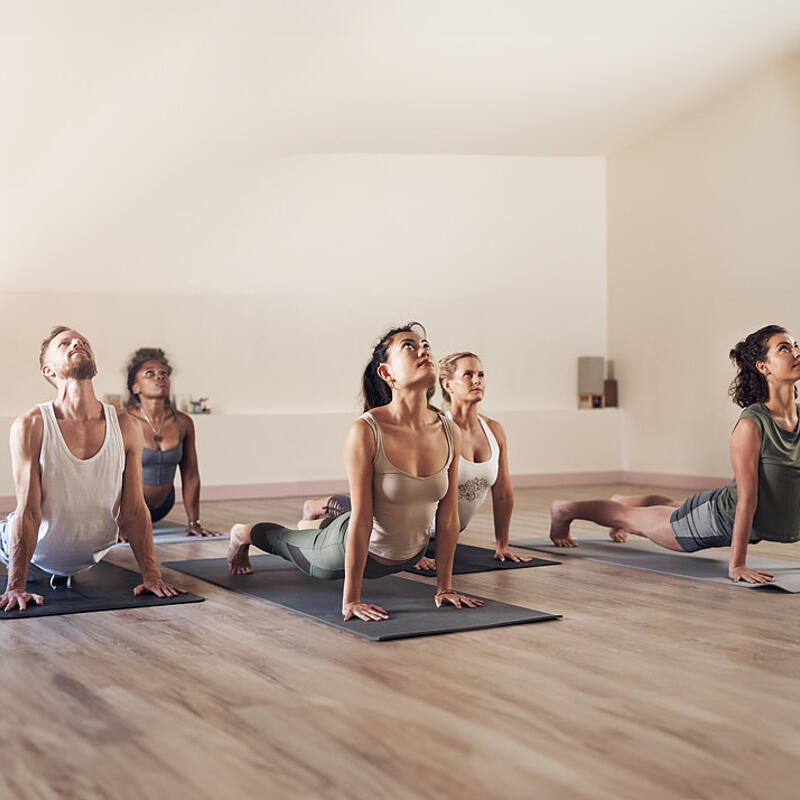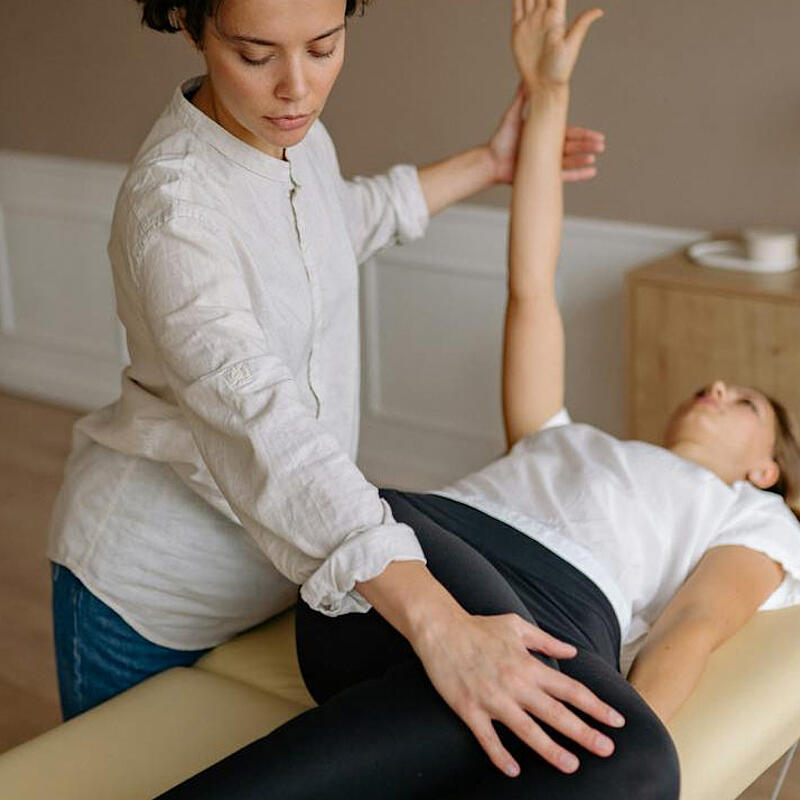What can you expect on Sebastos?
Discover a world of experts, courses, trainings, and profound knowledge on Sebastos. Experience inspiring events and guides that enrich your body, mind, and soul.
Which area would you like to search?
Experts
Courses and training
Latest entries
Latest knowledge content

Holistic architecture creates spaces as places of power - in harmony with nature, people and energy for greater well-being.

A healthy gut boosts immunity & well-being. Learn how diet, exercise & stress management can improve your gut health.

Important findings from the Hoss & Hopf podcast: Dr. Nehls explains how you can prevent Alzheimer's. Learn all about habits for a strong brain.

Pilates for more strength, flexibility and well-being. Discover all about the full-body method, exercises and benefits. Perfect for every fitness level.

Calculate your Kua number with our Kua number calculator. Find out more about your Kua number and how it influences your harmony with the environment.

Experience the power of yoga! Embark on a journey to greater flexibility, strength, and inner peace. Experts, courses, and inspiring insights.

Boost your wellbeing with Sebastos: meditation, ice bathing, yoga and more for a healthier, more balanced life.

Discover the world of ice bathing! Immerse yourself in a journey of rejuvenation, vitality and mental clarity. Discover our courses, experts and insights.

Discover the secret of the rough nights 2025/26 and dive into a time full of myths, reflection and new beginnings! Online courses, guides and much more.

Discover the art of feng shui for your home. Find out how you can create harmony and positive energy in your living spaces.

The ten best yoga studios in Berlin that stand out for their unique offerings, inspiring teachers and inviting spaces.






